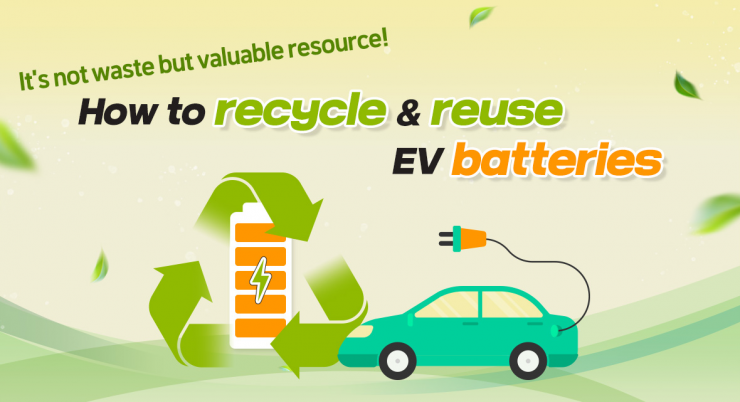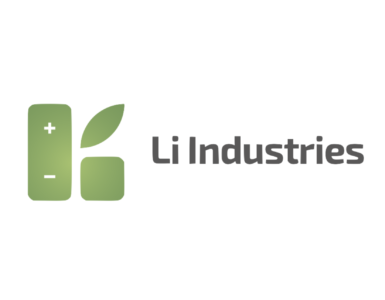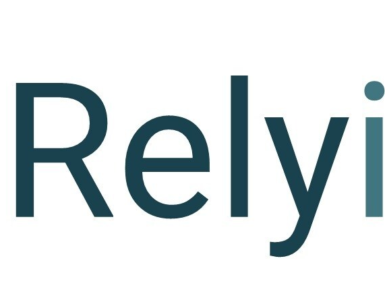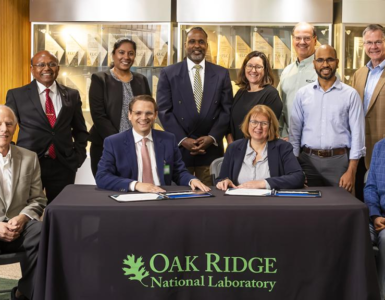SK – It’s not waste, but valuable resource – How to reuse and recycle EV batteries.
While the world is making efforts to reduce carbon emissions, the complete vehicle industry is making the switch from an internal combustion engine business model to electric vehicles (EV).
As EVs have become well-known as an eco-friendly means of transportation, the global sales for these vehicles are rapidly increasing. However, this increase in EV sales also means an increase in “used batteries” that are discharged from EVs.
According to the data released by the Ministry of Environment last year, the number of used batteries is expected to increase to around 100,000 units by the year 2030. Also known as “waste batteries,” these used batteries are still highly useful even after they are discharged.
🔥 What about we co-host a webinar? Let's educate, captivate, and convert the battery economy!
Batteries News is the global go-to online magazine for the battery industry, we can help you host impactful webinars that become a global reference on your topic and are an evergreen source of leads. Click here to request more details
Used batteries are important reusable resources rather than wastes. Let’s take a look at the growth prospects of the used battery market and how these used batteries can be reused or recycled.
01 | Used battery market to become “Land of Opportunities”
Used batteries are still rechargeable. This means that they can still be used as batteries for other purposes. Even if the remaining charging performance is so low that it cannot be used again, because used batteries contain lithium or nickel and other materials with high added value, they can still be used elsewhere.
For this reason, used batteries are considered a resource with high added value. Hence, global companies are actively entering businesses that utilize used batteries, and the industry’s expectations on market growth is high as well.

In October 2021, global market research institute SNE Research stated, “The global used battery market is expected to expand to a scale of 600 trillion won by the year 2050.” This means that the used battery market will see explosive growth alongside the EV industry.
Due to the “mandatory clause for returning used batteries” that was effective until December 31, 2020, in South Korea, buyers who received subsidies from the central government or local governments upon purchasing EVs were required to return the battery to their respective local government when scrapping their cars.
However, the local governments only had the right to “store” these returned batteries, and they were not allowed to sell them to companies or use them. They have simply been storing these used batteries without being able to sell or dispose of them due to environmental pollution issues.
Last year, Korean government built a “Base Collection Center for the Future Waste Resource” in 4 regions nationwide to invigorate businesses related to used batteries. Moreover, relevant laws were amended so that batteries returned to local governments could be traded with the public starting from January 1 of this year.
The Base Collection Center for the Future Waste Resource is currently establishing evaluation standards on the sale of batteries. Once the standards are established, companies will be able to purchase used batteries stored by local governments and use them in various businesses.
The used battery market is an attractive field that companies can’t help but take an interest in. They can reduce costs by recycling resources, get an opportunity to enter into a new battery business, and this can help them meet the social demand for carbon neutrality.
It is natural for automobile and battery companies to focus on the used battery market as their next-generation business.
02 | How to reuse and recycle EV batteries
In order to reuse used batteries, you would first have to determine how much charging performance is remaining. Once the remaining performance is confirmed through the battery evaluation process, a decision is made on whether the battery will be reused or recycled.
Reusing and recycling may seem similar, but they are different. Reusing means the battery will be used as a battery for a different purpose. Recycling means the materials from the battery, such as nickel, manganese, lithium, etc., will be retrieved and used to create new batteries.
If the used battery still has some charging performance remaining and can be used for another purpose, the “reuse” method is usually chosen. If the charging performance is highly depleted that it can no longer serve as a battery, it is disassembled, and the materials are extracted to be “recycled.”

One of the main cases for reusing used batteries is the ESS (energy storage system). This method involves connecting several used batteries that are bundled in packs to build an ESS and store and use power. The benefit of this method is that power storage can be established without having to create new batteries.
BMW currently utilizes the used batteries from their i3 EVs to re-create and sell them as an ESS for household and industrial use. During the famous British rock band “Coldplay’s” world tour last year, over 40 used batteries from i3 were used to supply power for the concert venue in the form of ESS, and the partnership caused quite a stir from the public.
In 2010, the Japanese car manufacturer Nissan released the Leaf, the world’s first mass-produced EV, and the company has quickly entered the used battery reuse market.
Nissan has been providing used batteries from the Leaf since 2018 so that battery companies from all over the world can create ESS. The Johan Cruijff Arena in Amsterdam, Netherlands, also installed an ESS made of 148 used batteries from the Nissan Leaf.

▲ ESS at “Johan Cruijff Arena” in Amsterdam, Netherlands, made with used batteries from the Nissan Leaf – Image Source: Nissan
The recycling method that extracts battery materials to produce new batteries enables companies to self-supply materials with high added value and reduces their dependence on imported materials to help stabilize the supply.
In addition, when battery materials are recycled, this decreases the need to mine new materials, which contributes to solving environmental pollution issues. The used battery recycling technology is difficult and is hence still in the early stages, but companies from all over the world are stepping up for the technology R&D.

▲Graphite that was retrieved from used batteries by Duesenfeld – Image Source: Duesenfeld
The German chemical company Duesenfeld has developed technology for extracting graphite, manganese, nickel, cobalt, lithium, etc., from dismantled/discarded used batteries.
Duesenfeld stated that this technology can be used to retrieve 96% of the battery components and recycle them for new batteries, plus this process can reduce carbon dioxide emissions by up to 40% compared to collecting battery materials through mining.
03 | How SK Innovation is reusing EV batteries?

▲ Nov 29, 2021, SK On signed a quadrilateral MOU with the Korea Electrical Safety Corporation (KESCO), SK Eco Plant, KD Power Co., Ltd. to develop an energy storage system (ESS) in a construction site. (From left: Head of KESCO’s Renewable Safety Division Ki Han-sang, Head of SK On’s E-Mobility Office Sohn Hawk, Project Director of SK Eco Plant’s Ecospace Project Lee Tae-hee, and CEO of KD Power Lee Yang-soo)
SK Innovation is also making progress in the used battery reusing/recycling business. SK On, which is the battery business subsidiary of SK Innovation, built an ESS with a capacity of 300KWh (kilowatts per hour) by reusing 6 used batteries from the Kia Niro EV and is currently running a project to use this ESS at the SK Ecoplant apartment construction site located in Anyang, Gyeonggi-do.
Through this project with SK Ecoplant, SK On will prove the durability, safety, battery efficiency, and power cost-saving effect of ESS made from used batteries of EVs alongside related institutions such as the Korea Electrical Safety Corporation.

▲ Lithium hydroxide from used batteries extracted by SK Innovation
Furthermore, in 2019, SK Innovation has developed their own proprietary technology that can retrieve lithium in the form of lithium hydroxide (LiOH), which can be used directly in the production of cathode materials for high nickel (High Ni) batteries such as NCM811*, etc., from the cathodes of used batteries.
In terms of used battery recycling technology, although the technology for extracting core substances, such as lithium, nickel, cobalt, etc., from cathodes has already been commercialized, this is the first time lithium was successfully retrieved in the form of highly pure lithium hydroxide.
SK Innovation’s lithium hydroxide retrieval technology can be used to extract nickel, cobalt, and other core raw materials at a higher purity level.
(*) NCM 811: Battery with a nickel-cobalt-manganese ratio of 8:1:1
Lithium hydroxide, nickel, cobalt, and manganese that are extracted from used batteries can also work as an advantage in securing certified emission reductions.
SK Innovation’s lithium hydroxide extraction technology can reduce carbon emissions by 40-70% compared to when lithium is mined and processed from mines or salt lakes, and other companies in the field have evaluated SK Innovation’s lithium hydroxide extraction technology as a significant way to reduce carbon emissions.
“It’s not waste, but valuable resource!” – How to reuse and recycle EV batteries, February 11, 2022








